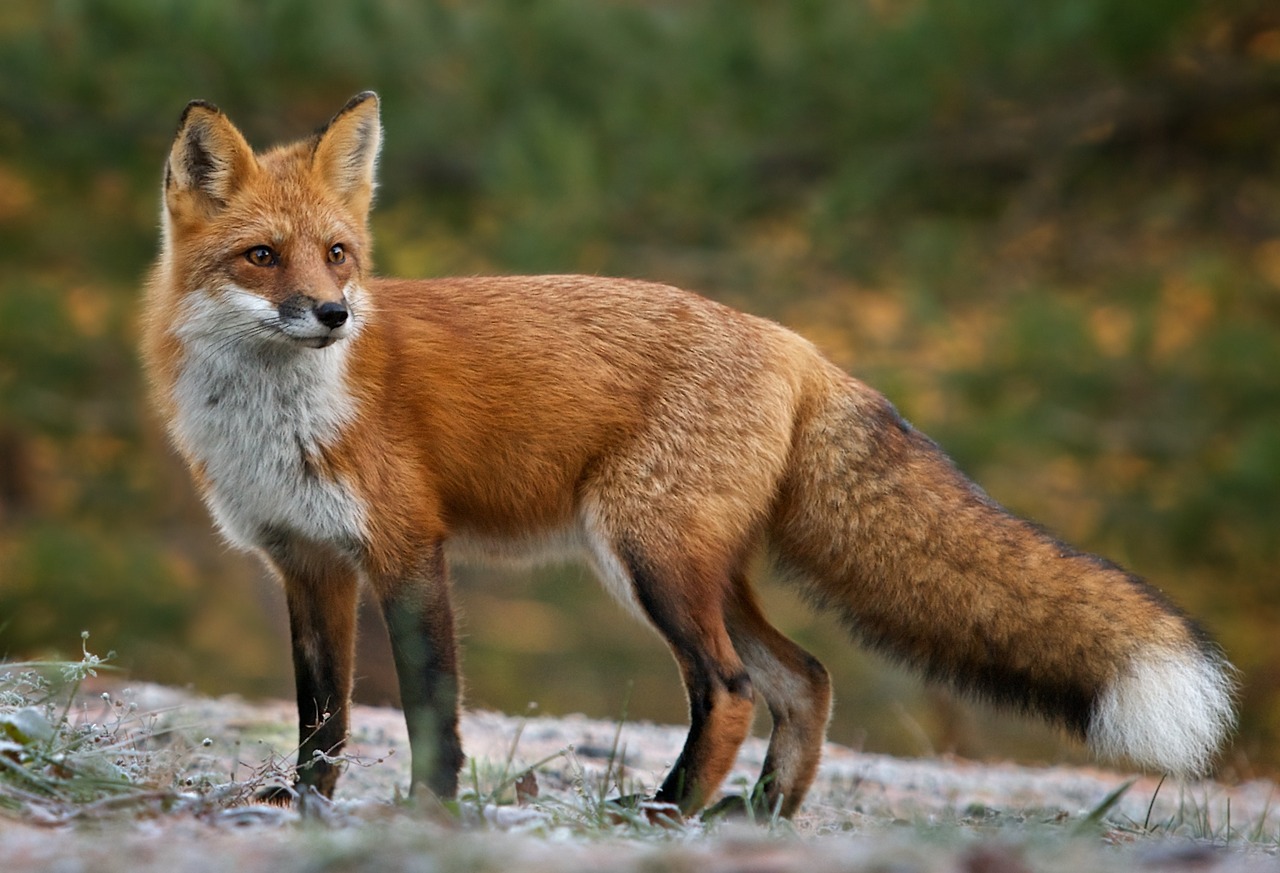Exploring The Fascinating World Of The Animal That Is Red
The color red has always captivated humans, symbolizing everything from love and passion to danger and excitement. In the animal kingdom, red hues can be found in various species, each exhibiting unique characteristics, behaviors, and adaptations. From the vibrant feathers of birds to the striking fur of mammals, the presence of red in the animal world is both intriguing and diverse. This article dives into the fascinating realm of the animal that is red, exploring various species that showcase this vibrant color and the significance it holds in their lives.
Red animals are not just visually stunning; they often hold essential roles in their ecosystems. The vibrant coloration can serve multiple purposes, including attracting mates, warning predators, or providing camouflage in specific environments. Understanding the adaptations and behaviors of these animals can offer insight into their survival strategies and the ecological balance of their habitats. As we journey through the animal kingdom, we will uncover the remarkable features of these red creatures and the roles they play in their respective ecosystems.
In this exploration, we will answer some common questions regarding the animal that is red, dive into specific examples, and shed light on the adaptations that allow these species to thrive. Whether you're a nature enthusiast, a budding scientist, or simply curious about the striking beauty of red animals, this article promises to offer a comprehensive look at this vibrant aspect of wildlife.
What Are Some Examples of Animals That Are Red?
When we think of red animals, several come to mind. Here are just a few notable examples:
- Red Fox: Known for its bushy tail and striking orange-red fur.
- Scarlet Macaw: A large, colorful parrot found in Central and South America.
- Red Panda: A small mammal native to the eastern Himalayas.
- Cardinal: A beautiful songbird recognized for its vibrant red plumage.
Why Are Some Animals Red?
The color red in animals can be attributed to various factors, including genetics, environment, and evolutionary pressures. Here are some reasons why certain animals have evolved to display red coloration:
- Attracting Mates: Bright colors, including red, can signal good health and genetic fitness to potential mates.
- Warning Coloration: Some species use red as a warning to predators, indicating that they are toxic or unpalatable.
- Camouflage: In specific habitats, red can help animals blend in with their surroundings, aiding in stealth and hunting.
What Is the Role of Red Animals in Ecosystems?
Red animals play crucial roles in their ecosystems, contributing to the balance of nature in various ways:
- Pollination: Many red birds and insects are vital pollinators for plants, helping to maintain biodiversity.
- Seed Dispersal: Animals like red pandas and birds help disperse seeds, promoting plant growth and regeneration.
- Food Sources: Red animals often serve as prey for larger predators, contributing to the food web.
How Do Red Animals Adapt to Their Environment?
Adaptations in red animals can be fascinating and varied. Some notable adaptations include:
- Behavioral Adaptations: Many red animals exhibit specific behaviors to enhance their survival, such as aggressive displays during mating season.
- Physical Adaptations: The coloration can provide camouflage or warning signals, helping them evade predation or attract mates.
- Dietary Adaptations: Some red animals have specialized diets that allow them to thrive in their environments, such as red pandas feeding on bamboo.
What Threats Do Red Animals Face?
Despite their resilience, many red animals face significant threats due to human activity and environmental changes. Key threats include:
- Habitat Loss: Deforestation and urbanization can lead to the destruction of habitats critical for red species.
- Climate Change: Altered weather patterns can disrupt the delicate balance of ecosystems where red animals thrive.
- Poaching and Illegal Trade: Many red species are targeted for their beauty, leading to population declines.
How Can We Help Protect Red Animals?
There are several ways individuals can contribute to the conservation of red animals:
- Support Conservation Organizations: Contributing to organizations dedicated to wildlife protection can make a difference.
- Educate Others: Raising awareness about the importance of red animals and their habitats can promote conservation efforts.
- Participate in Eco-Friendly Practices: Reducing your carbon footprint and supporting sustainable practices can help preserve habitats.
In Conclusion: What Makes Red Animals So Unique?
The animal that is red showcases the beauty and complexity of the natural world. The vibrant coloration found in these species serves multiple purposes, from attracting mates to warning predators. Each red animal plays a vital role in its ecosystem, highlighting the interconnectedness of life on Earth. By understanding the significance of these creatures and taking steps to protect their habitats, we can ensure that future generations will continue to marvel at the stunning diversity of red animals.
Unraveling The Life And Legacy Of Audie Rick
Unveiling The Financial Landscape: Zoe Perry Net Worth 2024
Understanding Shawty Bae's Disability: A Deep Dive


